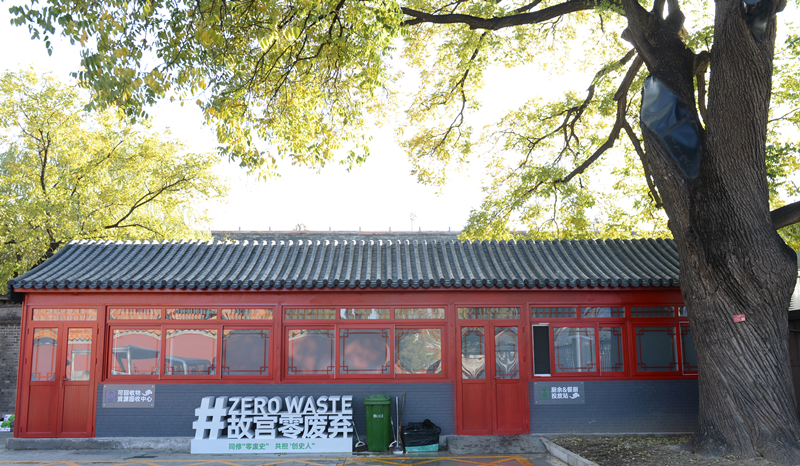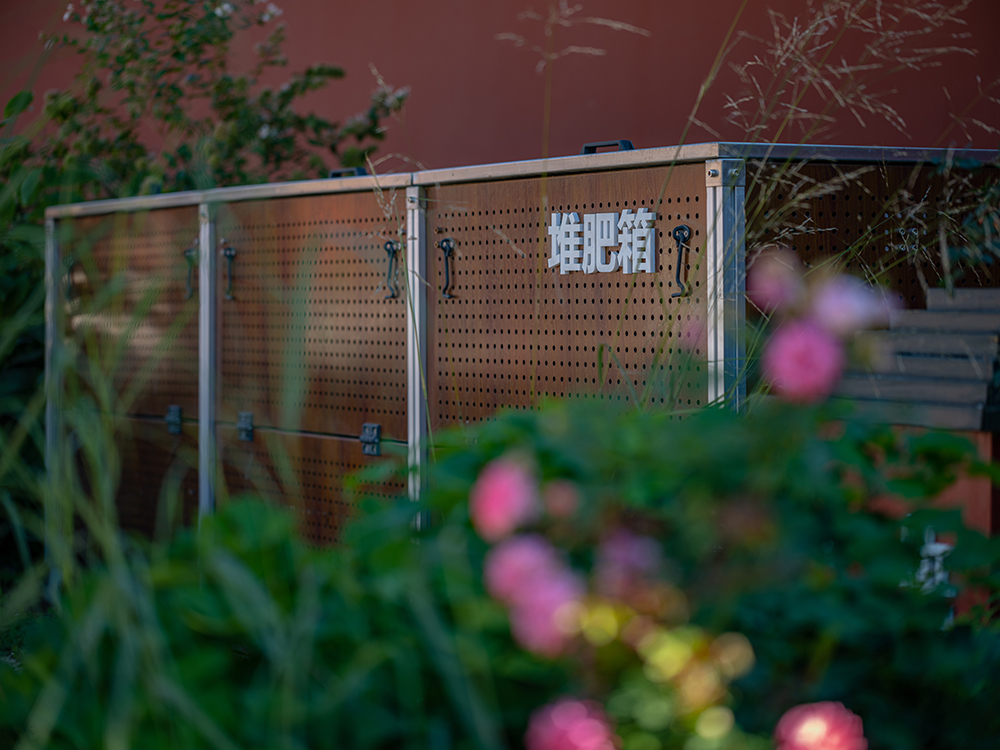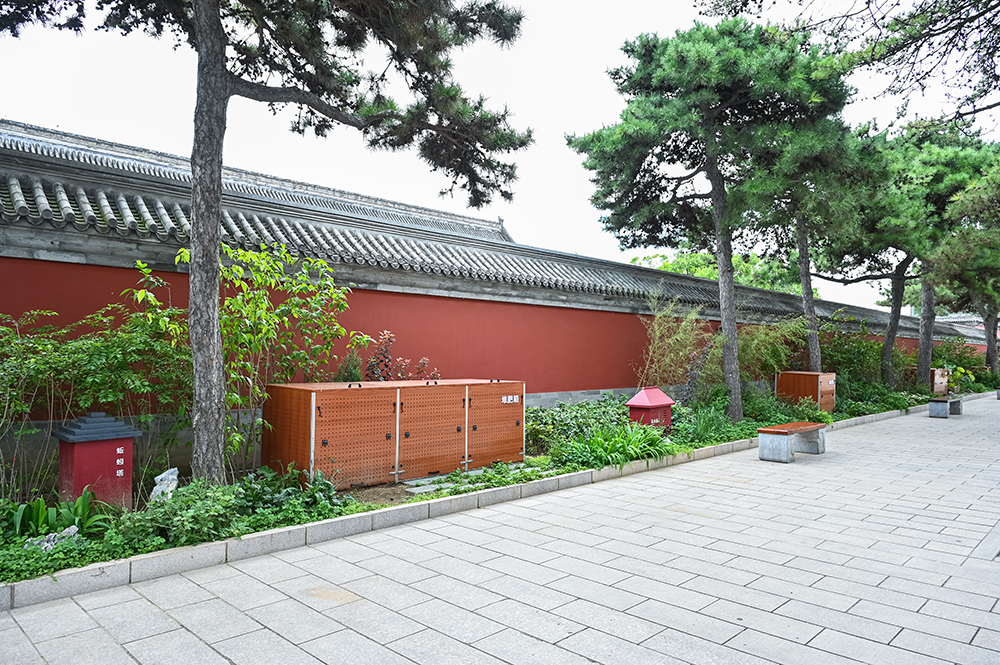
Through environmental behavior analysis, digital presentations of tour routes, and rational arrangements of garbage bins, the number of sets of bins in the Forbidden City’s visiting areas has been reduced from 310 to 110 sets. This layout preserves the aesthetics of the heritage site while encouraging visitors to develop the habit of reducing waste production. The strategy of dividing waste into four major categories and seven sub-categories has significantly improved the efficiency of waste classification.

Other measures include developing a resource recycling center to connect with specialized recycling processors and adding intelligent scales to accurately weigh the Museum’s sorted kitchen waste and recyclables in an effort to enhance the scientific approach of the whole process of waste and recycling management.


The project has explored the Museum’s on-site organic waste recycling model by incorporating 40 compost bins and developing waste compost sites for landscaping. By the end of 2022, both the Forbidden City and the North Museum site had assimilated a total of 38 tons of landscaping waste, which was in turn used to produce 14.4 tons of compost soil conditioner, the entirety of which has been applied to soil optimization for plantings throughout the Museum’s premises.

Composting flower beds have been installed in the Forbidden City’s Archery Pavilion court to develop a micro-ecosystem with combined Chinese aesthetics and ecological functions for enriching the biodiversity of the Palace Museum.
